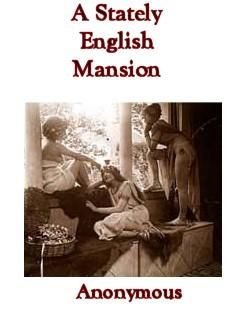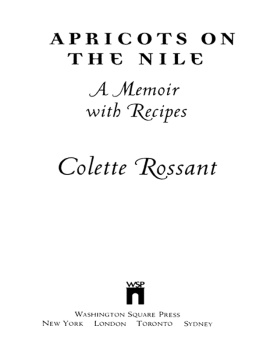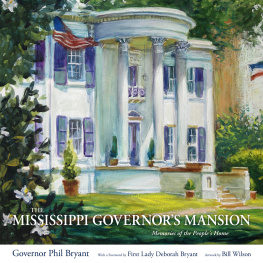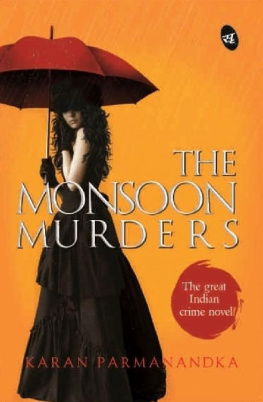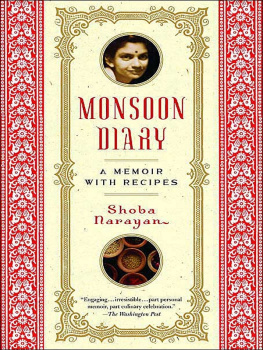PRAISE FOR MONSOON MANSION
Reminiscent of both Jeanette Wallss memoir, The Glass Castle (2005), and Sandra Cisneross seminal novel The House on Mango Street (1984), this is a story of a tragic childhood told in a remarkably uplifting voice. Barnes imbues scenes from her interrupted childhood with an artistic touch that reads like literary fiction. Luminescent and shattering, Barness first book is a triumph: a conquering of the past through the power of the written word.
Booklist (starred review)
In this incandescent debut memoir, Cinelle Barnes forges memories of her familys downfall with tumultuous Filipino history. Like the storm in its title, Monsoon Mansion immerses us in the darkest waters of memory, stirring up unbearably brutal childhood events with lyrical prose and searing imagery, forming a woven tale that is both delicate and electric. This book assures us that even when we lose those things that give shape to our humanityour roots, culture, and familywe can go on to devise a new way of being.
Susan Tekulve, author of In the Garden of Stone
The princess becomes a pauper before she turns eleven, yet through grit and love and words, that princess, Cinelle Barnes, escapes a fallen-in mansion and broken family to survive. Light fills this beautiful memoirbreaking through the dark loneliness of a mansion with no electricity. And light will fill you and carry you on, dear reader, even after you turn the last page. Monsoon Mansion sings a song of rain and sparkling light, and like its author, well all come to know the diamonds we carry in our palms.
Jim Minick, author of Fire Is Your Water
Monsoon Mansion is a classic memoir that will reach every part of the world today with its personal story of love, heartbreak, betrayal, belief, and survival. An unforgettable tale of our time.
Dan Wakefield, author of Going All the Way and New York in the Fifties


Text copyright 2018 by Cinelle Barnes
All rights reserved.
Scripture taken from the New King James Version. Copyright 1982 by Thomas Nelson. Used by permission. All rights reserved.
No part of this book may be reproduced, or stored in a retrieval system, or transmitted in any form or by any means, electronic, mechanical, photocopying, recording, or otherwise, without express written permission of the publisher.
Published by Little A, New York
www.apub.com
Amazon, the Amazon logo, and Little A are trademarks of Amazon.com, Inc., or its affiliates.
ISBN-13: 9781542046138 (hardcover)
ISBN-10: 1542046130 (hardcover)
ISBN-13: 9781542046145 (paperback)
ISBN-10: 1542046149 (paperback)
Cover design by Faceout Studio, Tim Green
Cover illustration by Xinmei Liu
First edition
For every warrior child. And for love like the ocean.
CONTENTS
She did not know that this was the best thing she could have done, and she did not know that, when she began to walk quickly or even run along the paths and down the avenue, she was stirring her slow blood and making herself stronger by fighting with the wind which swept down from the moor.
Frances Hodgson Burnett, The Secret Garden
AUTHORS NOTE
Five years ago, I told my husband, That child was a warrior and that warrior was me. That warrior child twirled and sang and drew and danced her way to freedom, and I now must tell her story. And so I decided to write a booka work of creative nonfiction. I wanted to create beauty out of my truth. I wanted to explore the idea of hybridity in identity and in creativity. I wanted to honor the authors and characters that kept me company as a child and employ the same literary techniques I learned from these works. I wanted to craft a book of childhood trauma and of childhood magic, of grit and of beauty. What I could not remember myself, I searched through research and interviews, and confirmed details through a wide exploration of photos, videos, newspaper articles, vital records, court cases, affidavits, maps, and Google Earth.
I have changed the names of certain people, places, and businesses in order to protect those mentioned in the book and to safeguard my privacy and that of my family. On occasion, composite characters enter and exit the page, mainly because at times when I do remember faces or voices, I cannot remember names, or vice versa. In some chapters, time lapses serve the purpose of evading the superfluous. What I meant to do here was to create a mix of memory, research, and reporting told in a lyrical register reminiscent of other art forms I had previously studied: music, art history, architecture, and dance.
Reader, here is Monsoon Mansion , my otherworld.
Prologue
MANSION ROYALE
My parents named the house Mansion Royale, a stately home in a post-Spanish, post-American, and newly post-Marcos democracy. They bought it together with my mothers inherited wealth and my fathers new money. It was the eighties, when bigger was better, and better meant glitter, gold, and glam. Our family moved in when I was two and a half years old, in 1988, when my first narrative memories were forming. The house became the setting for the first moments of mundaneness, celebration, and terror that my developing brain could retain.
The original owners of the house had their marriage legally annulled halfway through construction and put the mansion up for sale. They left some good bones for my parents to work with. My parents paid cash for a short sale and tipped big bucks to the real estate agent, and the mansion was theirsours: a palace that housed Mamas social aspirations and Papas business success and the miscellanies that were the staff, my half brother Paolo, and myself. The mansion also housed many conversationssome in English, some in Taglish (a fusion of Tagalog and English, the upper classs preferred tongue), some in straight Tagalog (the helps lingua), and a few borrowed throw-ins from Old World Spanish and island dialects.
Our family entered through wrought-iron gates that were guarded by armed security staff. Flattened metal bars curved to golden swirls sprawled from one hinge of each gate door to the other, and although outsiders could look through the gaps between the swirls, the half-ton gates kept us separate from lookers and passersby.
Past the gates, our driveway stretched from the entrance, around the front lawn, through the shaded drop-off, down to the basement parking lot, then around the back to the basketball court. When my mother threw parties, the driveway turned into a meandering buffet of shrimp cocktail, fondue, roasted whole pig, beef Wellingtonand barrels, bottles, and goblets of alcohol. The winding shape of the driveway was perfect for the zigzagging drunks who sauntered through.
Twenty marble steps welcomed us into the main floor, which was a story above the lawn. I learned how to count to twenty on those steps. One, two, three, four, five, I can do it. Dont hold me, Yaya, I can do it. Six, seven, eight, nine, ten.
A woodworker carved on the main double doors a gold-plated relief of sinewy, thorny florae: plant carvings on the doors resembling the offerings in our gardensbirds-of-paradise, tropical orchids, bamboo, Indian mangoesbut spinier and barbed, as if they were about to hiss. The real plants, on the other hand, smelled fresh like a waterfall and didnt look so much like snakes. The mansion was like thatit housed many contradictions: my aristocratic mother and self-made father, our familys dependence on wealth and our helpers faith, and many adults agendas and my childhood dreams.
Next page


